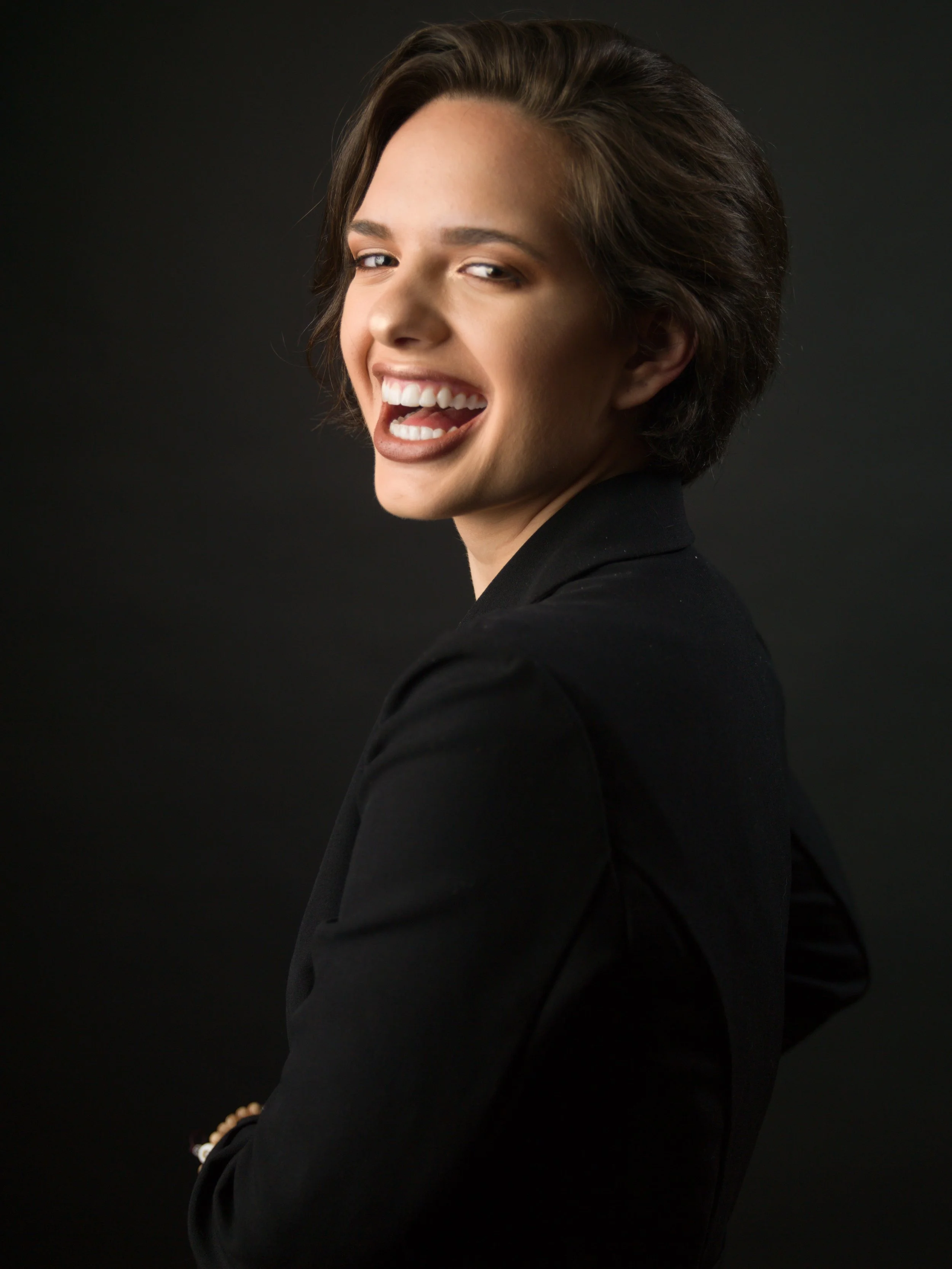The Psychology Behind a Great Headshot: Why Your Face Means Business
Your headshot isn’t for you. It’s for the people deciding whether to trust you.
It shapes assumptions in an instant—before your credentials are read, before your work is considered, before your message is even heard. Whether you're aware of it or not, your headshot is already doing the talking. The question is: what is it saying?
Most headshots check the boxes: professional backdrop, nice lighting, pleasant expression, passable composition. But they miss the moment that matters—the psychological window when someone is forming their gut-level judgment about who you are and whether you belong in the room.
In that moment, your headshot is either a silent ambassador or a subtle liability. It's either building trust or quietly eroding it.
The cost of an unintentional image.
Trust isn't granted—it’s inferred. And when the image you're using doesn’t align with how you want to be perceived, it creates friction. Not always consciously. Often it’s just a hesitation. A second guess. A quiet “no” that never gets spoken aloud.
That’s what an underperforming headshot does: it introduces doubt where there could have been clarity. It blends in when it should differentiate. It makes people do the extra work of figuring out who you are, when a strong image would have told them right away.
This isn't about being photogenic. It's about being understood.
A great headshot doesn’t just look like you. It feels like you, at your most credible. It reflects your presence, not just your appearance. And it helps people make the decision they’re already trying to make: can I trust this person?
We don’t just see faces. We decode them.
In as little as 100 milliseconds—faster than the blink of an eye—the human brain forms a first impression based solely on a face. Researchers at Princeton University demonstrated that people make reliable snap judgments about trustworthiness, competence, and likability in this narrow window of time, and those impressions tend to persist even when more information becomes available.
Faces are our most sophisticated signal system. They’re where we look for truth, for warmth. for power. A raised brow can convey skepticism or curiosity. A tight jaw can suggest control or tension. A millimeter of mouth curvature can swing perception from smug to sincere.
A great headshot understands this. It doesn’t simply show your face—it shapes how your face is read.
The difference is in the intention.
Most photographers know how to capture a technically good image. Fewer know how to direct a subject toward a psychologically resonant one.
At Bird + Bird Studio, we’re not looking for your best angle. We’re looking for alignment—between who you are, how you want to be received, and what your audience needs to feel in order to trust you.
We guide posture to communicate composure. Adjust eye line to balance approachability with strength. Use lighting to sculpt not just features, but tone. And we watch for micro-expressions—the small, involuntary shifts that carry real emotional weight.
It’s not guesswork. It’s grounded in years of observing how people respond to faces in hiring decisions, leadership choices, client engagements, and digital impressions. In short, we don’t shoot for you. We shoot for your audience.
Because your headshot isn’t a record of your face. It’s a projection of your value.
This is strategic imagery.
You’re not here to blend in. You’re here to lead, to connect, to be seen and taken seriously. Your headshot should be working toward that same goal.
We bring marketing insight to every session—not just to make you look good, but to make sure the image supports your positioning. We don’t aim for beauty. We aim for belief. The belief that you are the right person, in the right room, at the right time.
When your image captures that, doors open. Calls get returned. Audiences lean in.
That’s not vanity. That’s psychology at work.
Show up with intention.
If your current headshot isn’t helping people trust you, it’s holding you back.
It may not be obvious. It may not be drastic. But it’s there—in the missed opportunity, the unread message, the impression that didn’t quite stick. And it’s easy to fix. Because getting a better headshot isn’t about being someone else. It’s about being seen, clearly, as yourself at your most ready.
That’s what we do.
Because the face you show the world should speak the truth about who you are and why you matter.
![[ o ] bird + bird studio](http://images.squarespace-cdn.com/content/v1/5fd126fd0ef3727f25d2af4c/1608057585746-JYMU8F2HPUVT6BF4XSZT/birdbirdLOGO.png?format=1500w)




